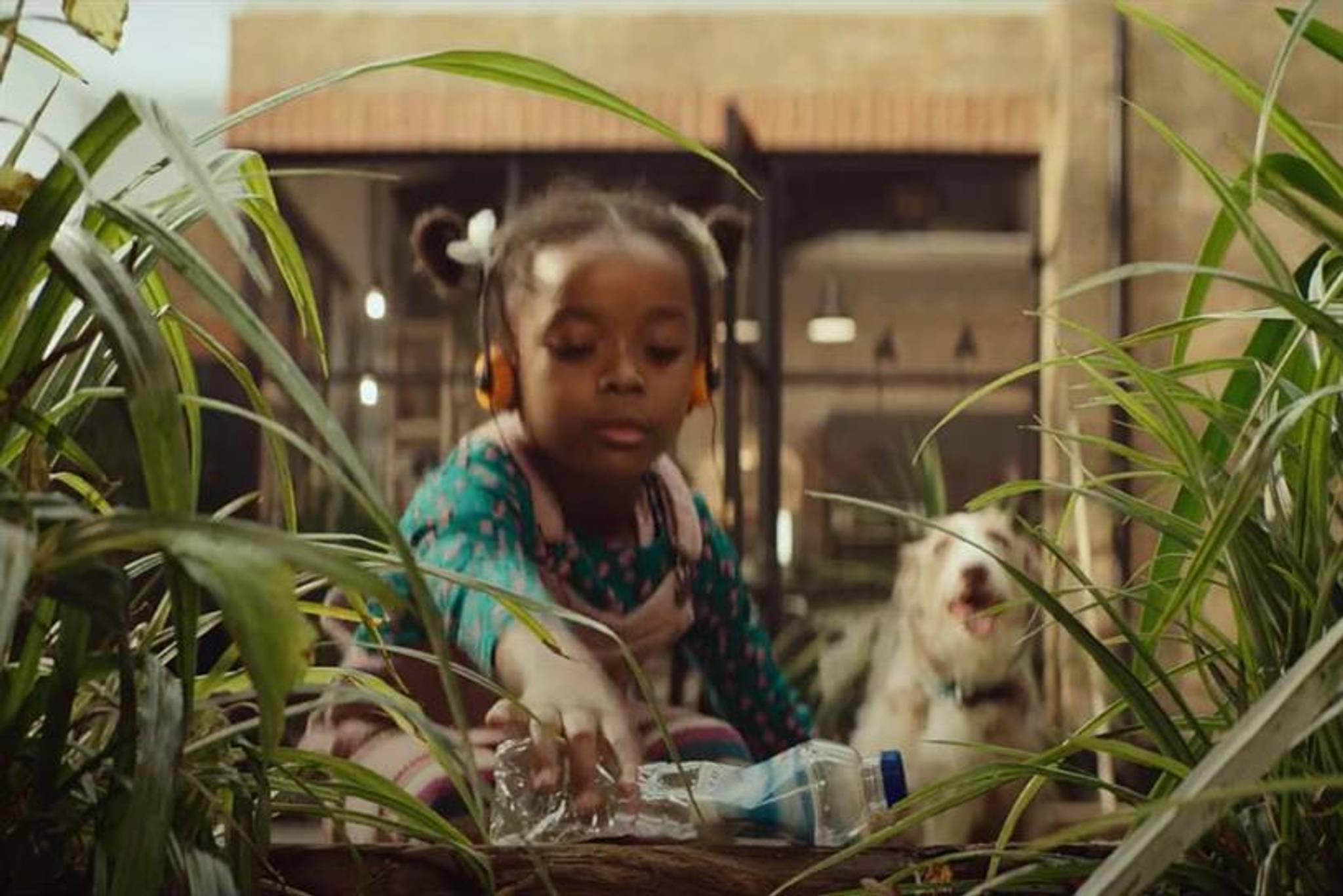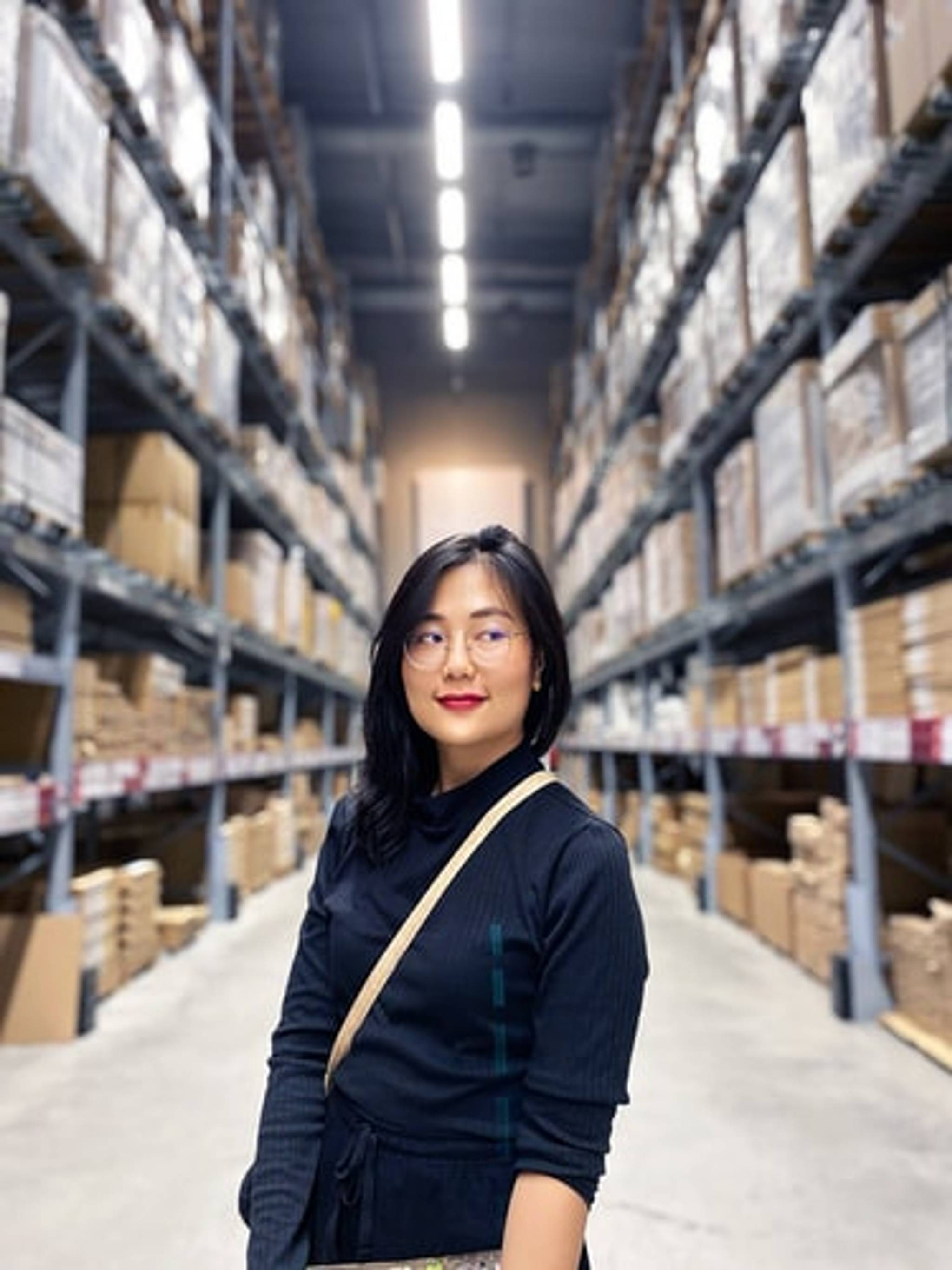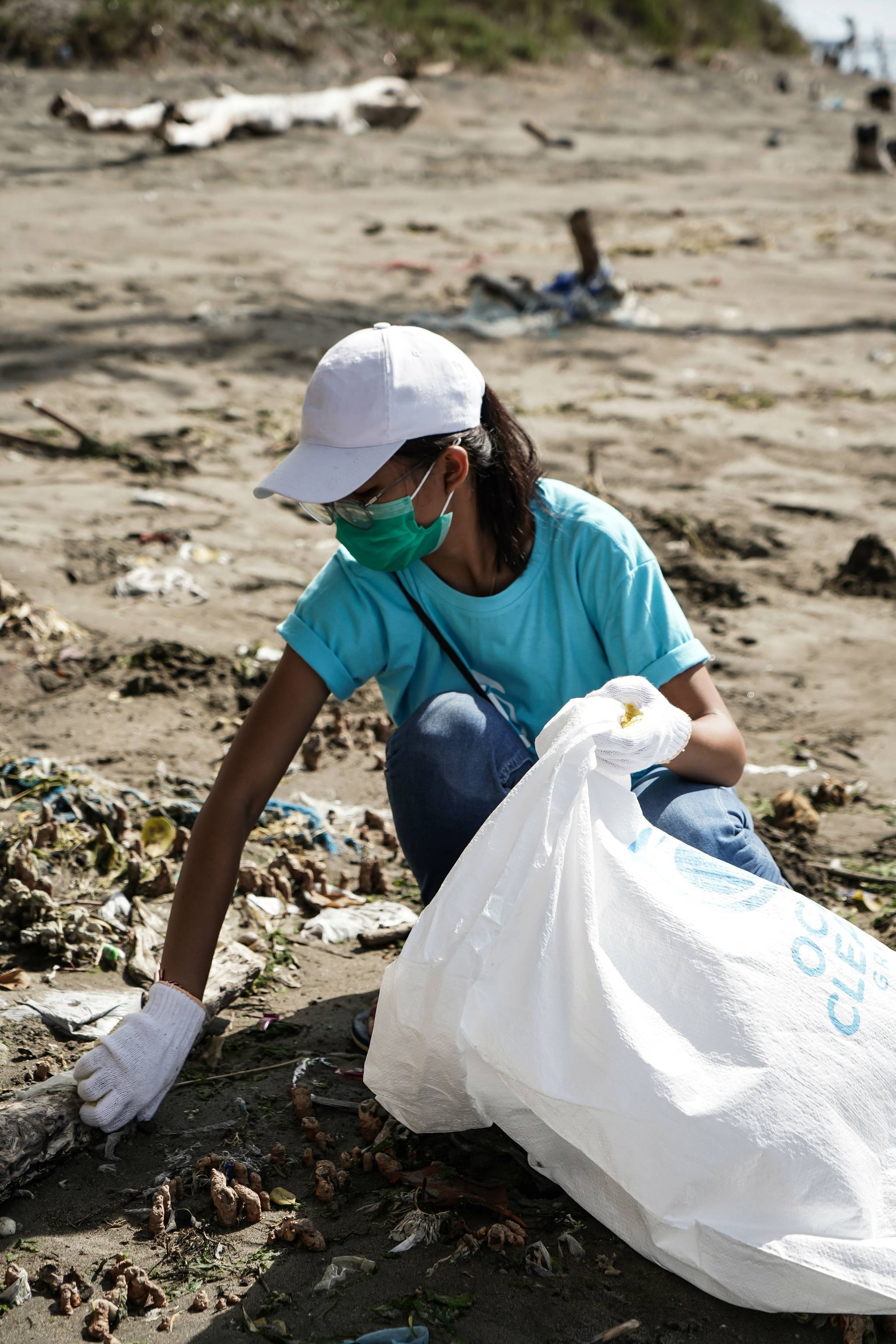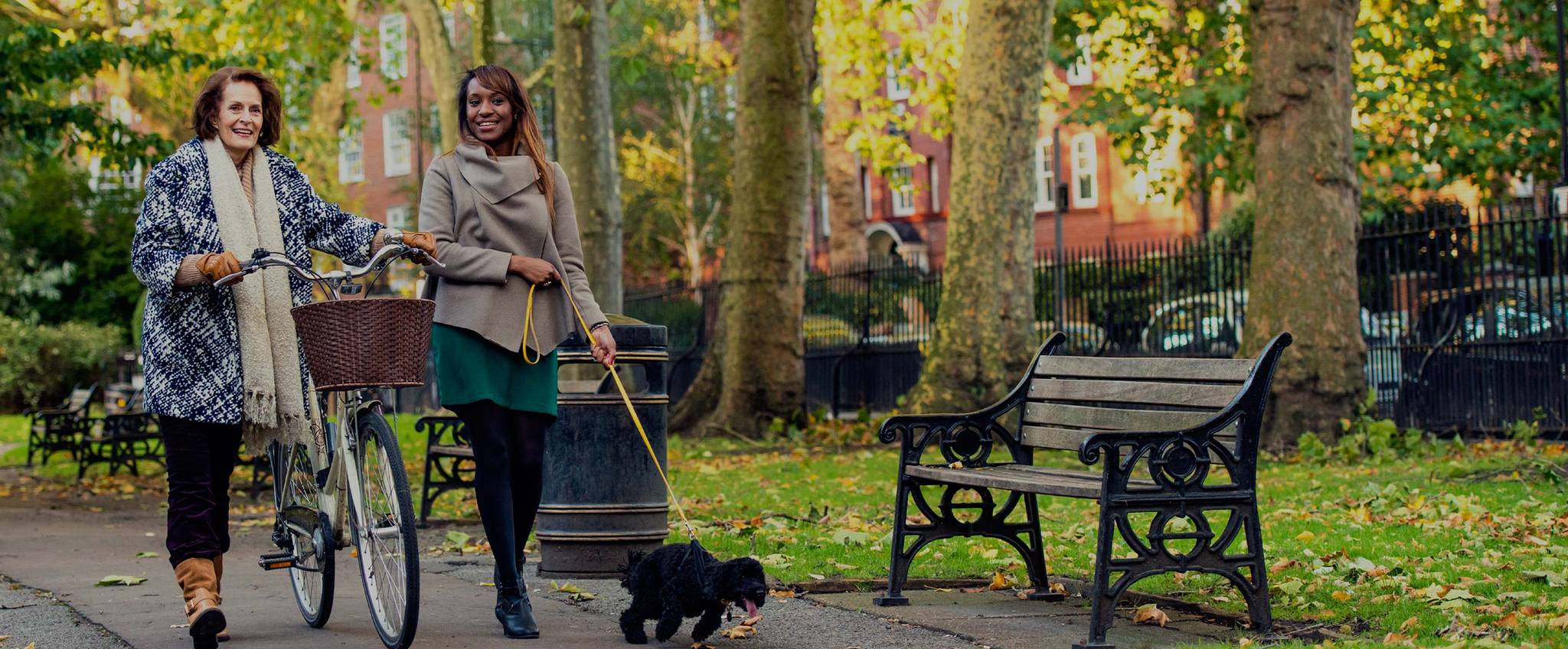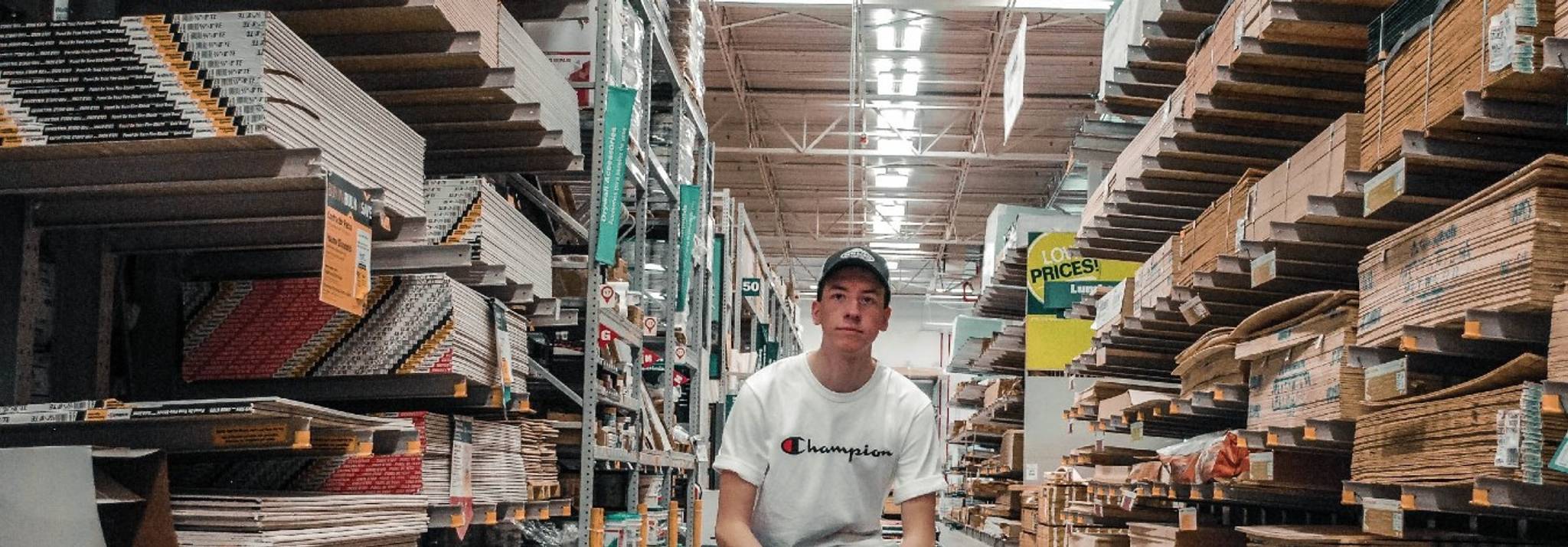
As the climate crisis pushes people to rethink their habits, many are looking to extend the lifecycle of what they own and finding greater value in a circular business model. IKEA is improving the durability of its products by providing customers with disassembly instructions. We explore the insights behind why IKEA is turning its assembly manuals upside down.
Putting its famous flatpack instructions into reverse, IKEA is now providing shoppers with step-by-step guides on how to disassemble its furniture. By sharing how to turn household items back into flatpacks, the brand is making it simpler to reuse items after moving house, or simply putting them away for storage for use again when needed.
“Sustainability is at the heart of everything we do at IKEA,” says Hege Sæbjørnsen, country sustainability manager at IKEA UK and Ireland. “We remain committed to introducing new ways to promote circular consumption.” The dismantling guidelines are part of IKEA’s aim of becoming fully circular by 2030 – including using 100% of recycled materials.

In the UK, the government has launched a £2 billion ‘green homes grant’ that’s designed to let homeowners and landlords improve the sustainable efficiency of their homes. And, given that 74% of Britons are keen to make their homes greener, with 71% wanting to do so to help the environment, IKEA’s green push taps into the shifting greener focus of homes.
By looking to extend the lifecycle of products, IKEA is tapping into a desire for brands to prioritise people and the planet above profits. This is an expectation that has grown during the pandemic, with people praising brands for selfless acts – as Kingfisher discovered when it returned £23 million of furlough pay to help businesses that were really struggling.
Louis Tozer is a behavioural analyst of social sciences at Canvas8. He holds a master's degree in history from UCL School of Slavonic and East European Studies and was formerly a research assistant at the Institute of Philosophy and Social Theory in Belgrade. He can often be found in the pub with friends or at Roots Hall, the home of Southend United.
